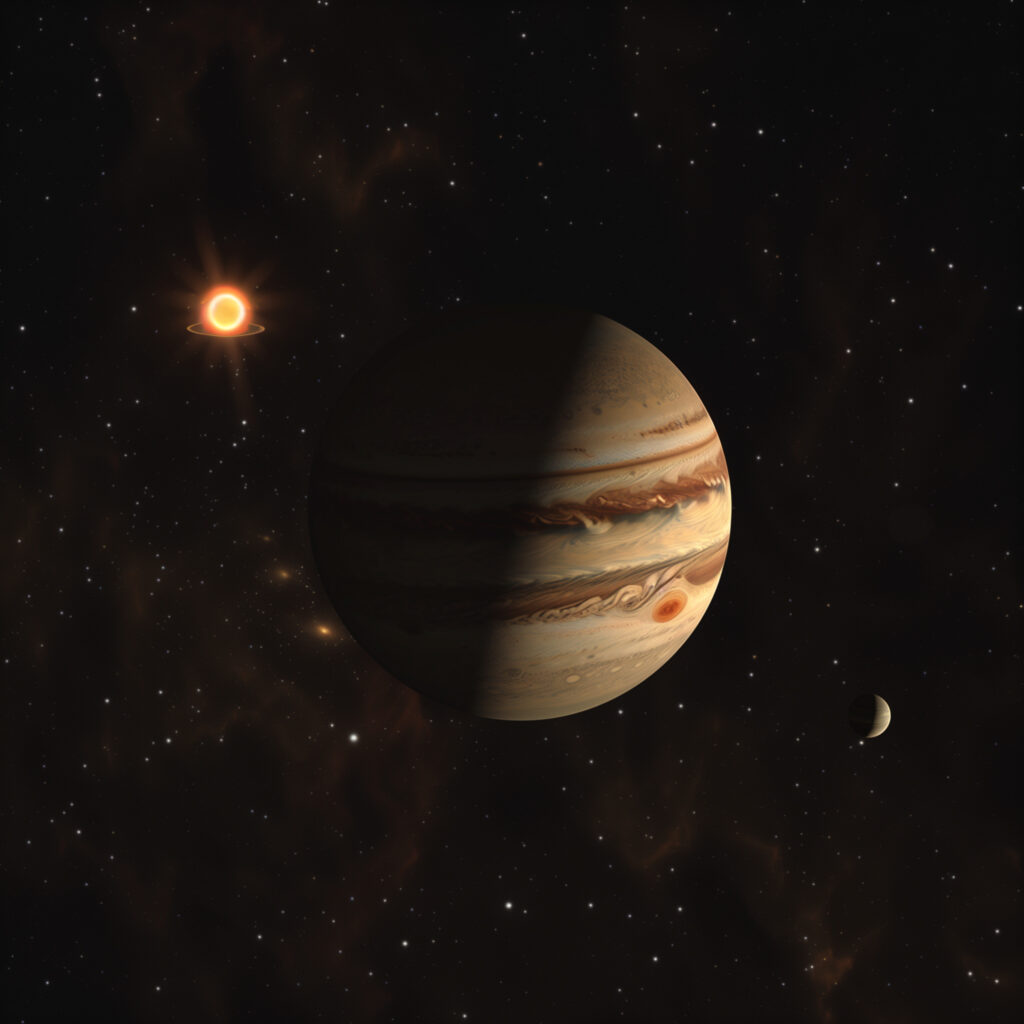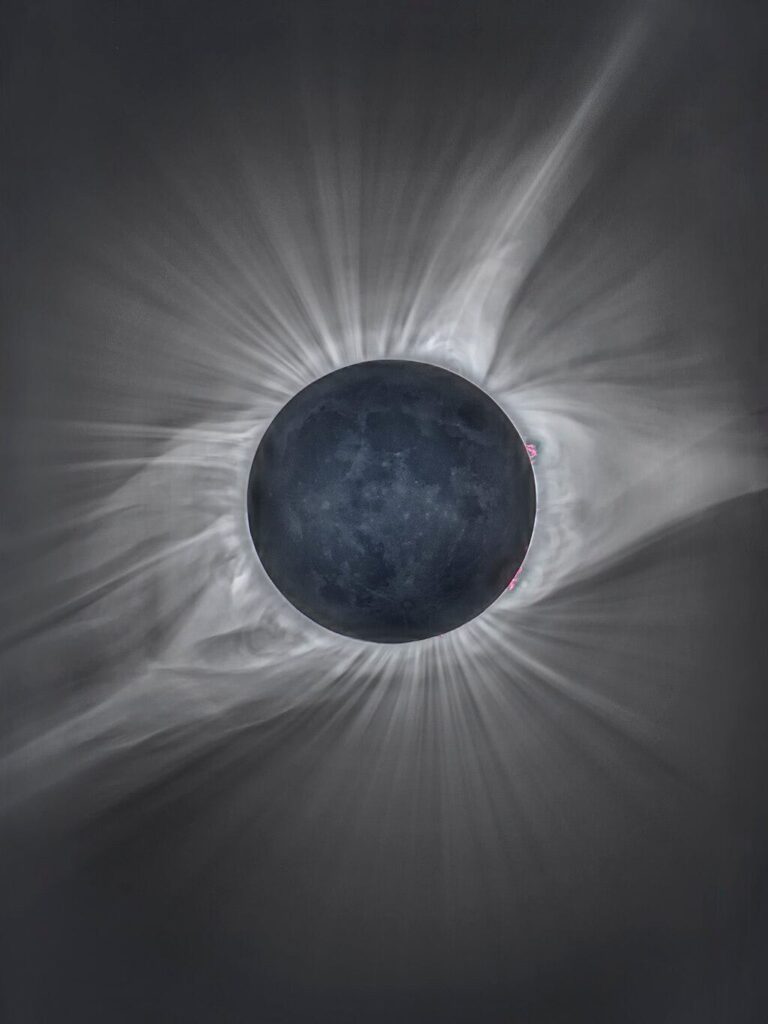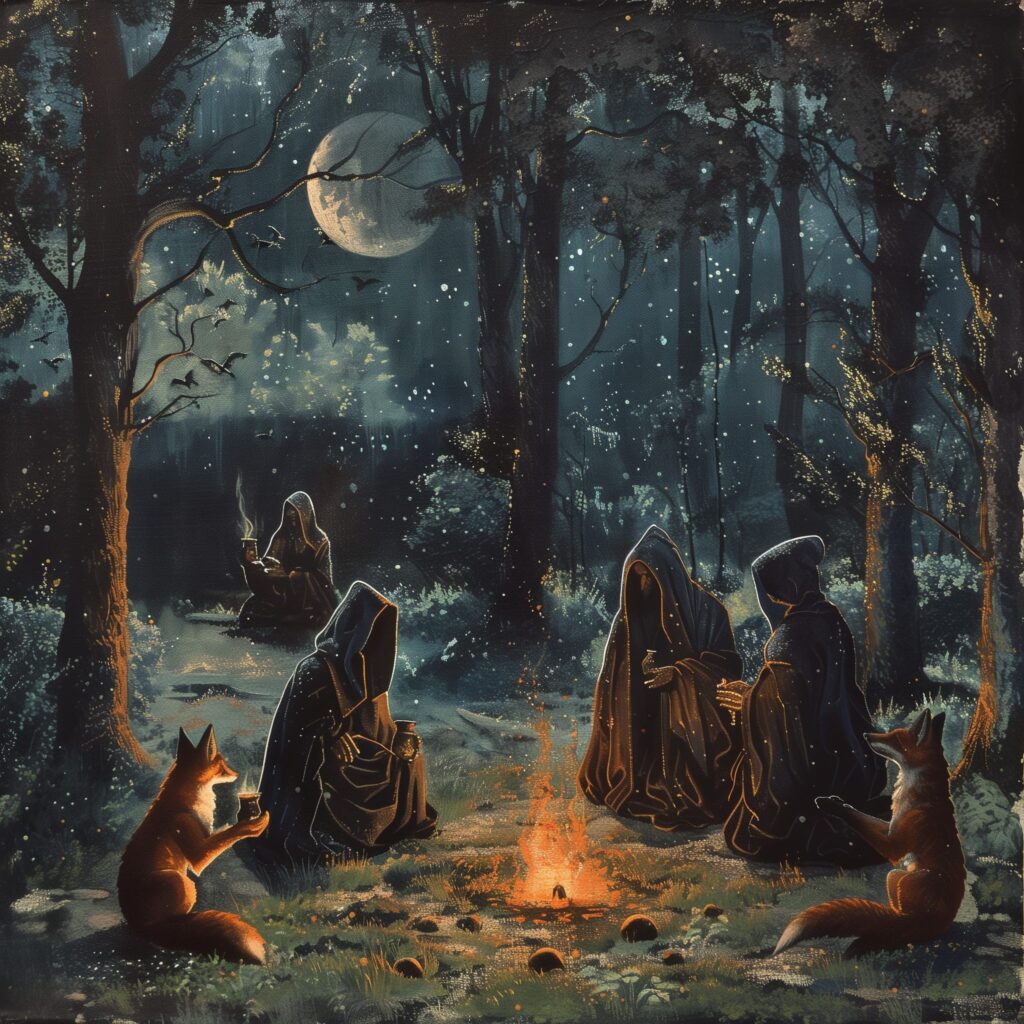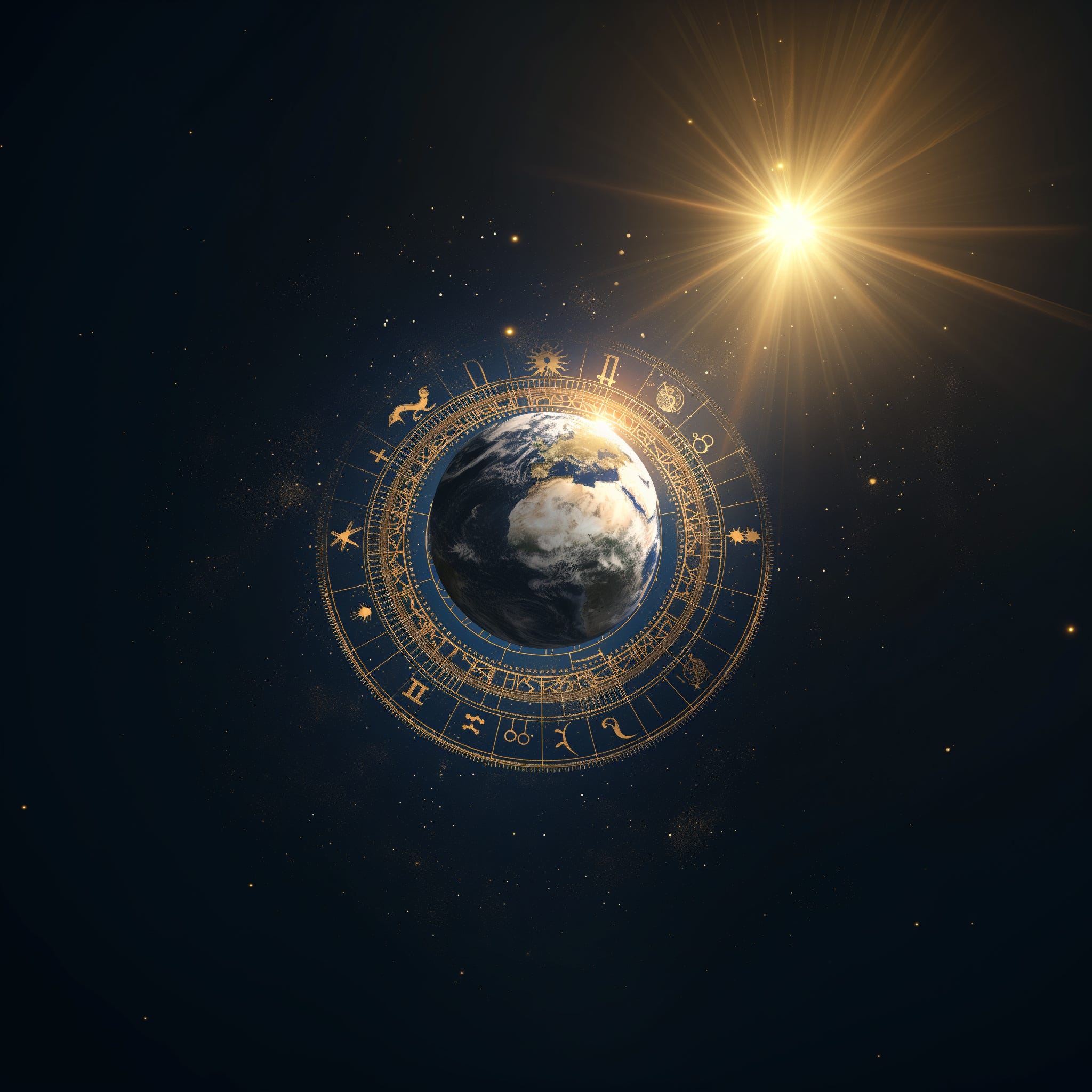The Mechanism – Part 11 of The Chemistry of Time
We have a method of conveyance and it’s just the same thing that conveys everything else, how very pedestrian. Surely there is magic somewhere behind the mysterious science of time formation that can justify the murky occultism and hooded rituals in the three-AM forest, drinking potion with the foxes? There is not – instead you’ll have to be satisfied with the banal workings of our spinning rock suspended in space in an elegant dance with other celestial bodies – too far to know but too close to ignore. The substance emits from the Sun, via its light – this mechanism is known. How then do the movements of the other bodies generate the elements needed to articulate individual moments of time and distinguish them from each other?
The planets are orbiting around the Sun. The Sun is a giant star with enormous gravity and they are captured within that, making consistent and regular paths around it. Some of them are even large objects themselves – Jupiter in particular is quite large, large enough to capture dozens of moons within its own formidable gravitational field. It should not be terribly surprising then that the gravitational effect of Jupiter is significant enough to tug back on the mighty Sun, causing it to wobble just a little bit here and there throughout its approximately 12 year long orbital cycle around the Sun.
The Sun itself exhibits several cycles in relation to the light it emits, but most interesting is the ~11-year solar cycle during which time its magnetic field switches polarity. This phenomenon has been known since the 19th century and is a component of longer solar cycles. These longer cycles also exhibit patterns within them which are known to vary significantly. During the changing periods of the solar cycle the light that is emitted by the Sun changes in composition to the extent that we are able to research carbon isotope records an Earth and establish a history of the solar cycle going back many thousands of years. The direct cause of this solar cycle has remained uncertain until very recent research began to explain the cause of that cycle. It has been attributed to the combined gravitational effects for the planets Venus, Earth, and Jupiter. It seems that when these planets arrive in a particular angular configuration with each other they are able to exert a combined force upon the Sun that generates a predictable and measurable reaction with the Sun itself. That reaction then alters the light that the Sun gives off – the same light that arrives upon the Earth later.

With aspect theory out of the way, let’s examine the Sun itself a bit more. Upon the surface of this shiny yellow ball are sunspots, black dots that appear and disappear regularly and which can be shown to follow cyclical patterns as well. They are connected to the Sun’s dynamo, which is series of purported movements of electromagnetic forces within the Sun that together produce its magnetic field. Sunspots have been observed from Earth for centuries and are known to correlate with more interesting physical phenomena that occur on the “surface” of the Sun. These include “coronal loops” and “prominences,” both of which exhibit patterns in their appearance and exist according to cycles which we can see are there but for which we do not yet have identified causes. Each are further associated with a phenomena known as the Coronal Mass Ejection – atypical blasts of magnetic energy which are periodically emitted by the Sun and are known to cause some issues on Earth with electromagnetic systems. The Sun is a less a single flashlight shining a consistent beam upon us but instead a complicated and dynamic system with enormous variability and complexity, much of which is already known to alter the composition of material emitted to Earth.

One of the more notable features of the Sun is what is called the corona, or “crown.” Around the physical surface of the Sun is this sort of atmosphere that wraps around it and behaves differently than the core of the Sun itself. It is where the loops and mass ejections are formed and it is the part which is visible during a total solar eclipse. The corona is known to be connected to different parts of the core Sun and it varies in size, shape, presentation, and strength, depending upon interactions with these other features of the Sun. It is a very complex system that is not well understood but it is already known that rays emitted from the coronal region of the Sun behave differently when they arrive upon Earth than “normal” rays do. This is one of many examples that show that our Sun sends out different types of light in different formulations, depending on various cycles and conditions. Those cycles and conditions are known to be influenced by the orbital positions of the planets. The solar rays – sunlight – are not all the same and their variations appear to be exceedingly complex and cyclical in nature, owning to myriad layers of cycles upon cycles each interacting with each other in different strengths, configurations, and locations, to combine and produce whatever package of light we will be receiving here on Earth a few minutes later.
It is easy to see how the variations in solar light production can be the mechanism for delivering information which corresponds to that which is presented in the astrological system. It is also easy to show dozens of structural features of the system which correspond to a model in which all things derive from the Sun and are related to what is happening with the Sun at that time. One simple example is the zodiacal sign of Leo. The Sun is said to be most at home and most pure when it is in the region of the sky “Leo,” which corresponds to late July and most of August. The Sun is also considered to be an overpowering force that can harm things which are too close to it. Notably, the time of year when the Sun is furthest from the Earth is in the middle of July. The system tells us that the Sun’s rays can be harmful if too close and prefers them when the Sun is furthest away, and tells us which time of year that will be. This was widely documented in the Hellenistic Era but the phenomenon of aphelion was not discovered until the 17th Century.
If Ptolemy were here today he would be certain of this mechanism and this substance – it’s not even particularly difficult to put together. The number of supporting features of the astrological calendar and system which adhere to this very same model are in the dozens but their significance can only be fully appreciated after acquiring some specific knowledge of the system so those will wait for later discussion. Many will find it disappointing that the mechanism is not the magical force imagined in medieval manuscripts but instead the ordinary physics of the known world, just a few decades short of a measuring device.
Fortunately, there are many more stories to be told with the foxes later in our unfurling Chemistry of Light.


Leave a Reply